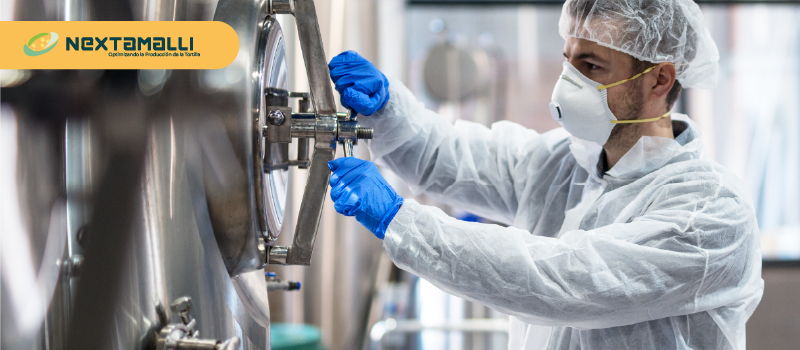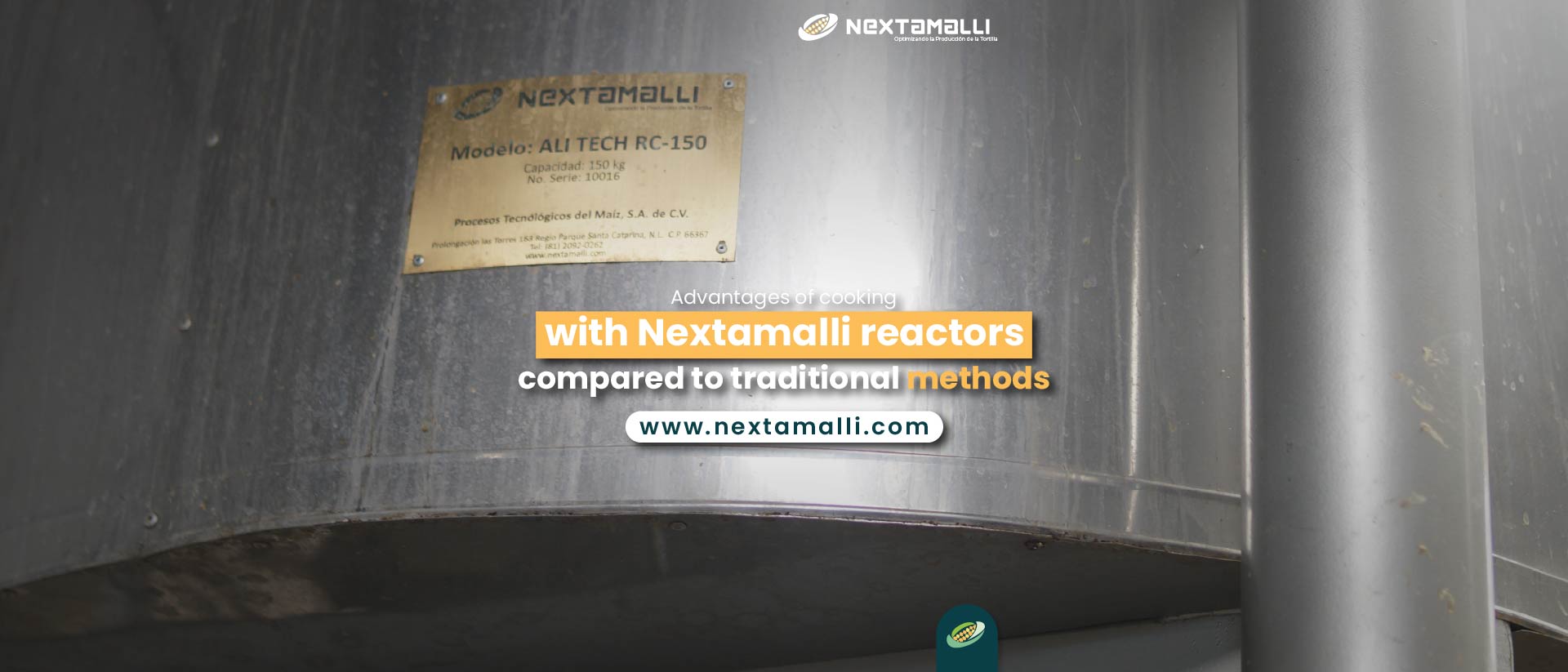Nixtamalization is a traditional process used in Mexico and other Latin American countries to prepare maize for consumption. It involves soaking and cooking maize in an alkaline solution, which results in the formation of nixtamal. This process has been used for thousands of years, and it is still an essential part of the culture and cuisine of these regions.
However, in recent years, the nixtamalization process has also gained attention in the biofuel industry due to its potential for producing ethanol. Ethanol is a renewable fuel that can be produced from a variety of feedstocks, including maize.
The nixtamalization process is ideal for ethanol production because it produces a high-starch content feedstock with a low lignin content. Lignin is a complex organic polymer that is difficult to break down and convert into ethanol. Therefore, feedstocks with low lignin content, such as nixtamal, are more efficient for ethanol production.
In addition, the nixtamalization process also has the potential to produce other valuable co-products, such as animal feed and bioplastics. These co-products can help to further increase the profitability and sustainability of the nixtamalization process.
Several studies have investigated the potential of using nixtamal for ethanol production. One study conducted by the University of Guadalajara in Mexico found that nixtamal produced a higher yield of ethanol compared to untreated maize. Another study conducted by the University of California, Davis found that nixtamal had a higher starch content and lower lignin content than untreated maize, making it a more efficient feedstock for ethanol production.
While there is still much research to be done on the use of nixtamal for ethanol production, it is clear that this traditional process has the potential to play an important role in the biofuel industry. By leveraging the unique properties of nixtamal, we can create a more sustainable and efficient biofuel production system.
References:
- Buitrón, G., Sánchez-Gutiérrez, J. I., & Pérez-Pimienta, J. A. (2014). Nixtamalized maize: a sustainable substrate for ethanol production. Applied Energy, 113, 781-787.
- Ruiz, H. A., Rodríguez-Jasso, R. M., Fernandes, B. D., Vicente, A. A., & Teixeira, J. A. (2013). Hydrothermal processing, as an alternative for upgrading agriculture residues and marine biomass according to the biorefinery concept: a review. Renewable and Sustainable Energy Reviews, 21, 35-51.
- Trujillo, A. J., Cárdenas, M. A., & Flores, M. (2017). Ethanol production from nixtamalized corn kernels with and without separation of the pericarp. Journal of Cleaner Production, 141, 1436-1443.





